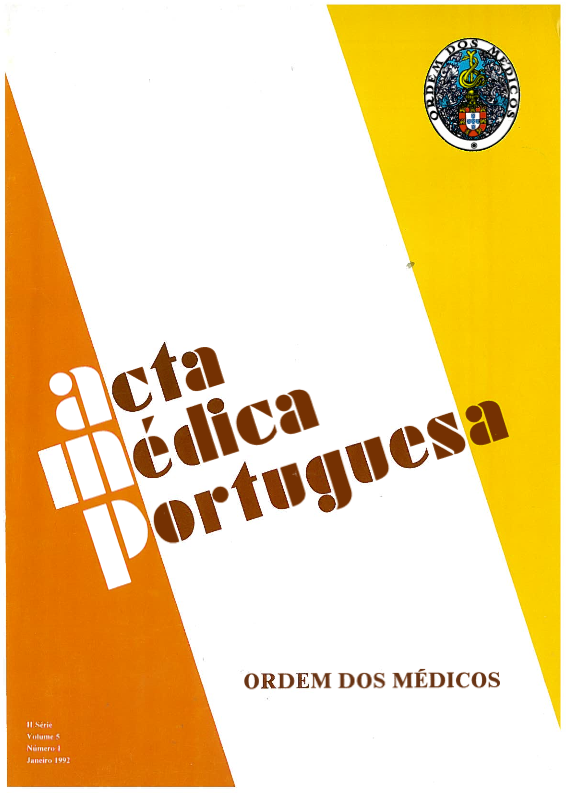Various genetic aspects of X-linked mental retardation.
DOI:
https://doi.org/10.20344/amp.3193Abstract
X-Linked Mental Retardation constitutes an important pathologic entity in genetics. The overall significance, history and background of the concept of X-Linked mental retardation is reviewed with a special mention to the cases referenced under the term non-specific X-Linked mental retardation. The concept of lod-score has brought some improvement in the clinical delineation of the X-Linked mental retardation syndromes with some recent reports of suggestive linkage studies. The fragile-X syndrome is discussed with a special focus on reports of X-linked mental retardation with X chromosomal deletions or duplications. Linkage and molecular studies are reported viewing genetic approaches based on restriction fragment length polymorphisms. DNA probes spanning the length of the X and Y chromosomes which may prove critical to the development of diagnostic tests are referred. Computer assistance for a compilation of clinical findings in the X-linked mental retardation syndromes is specified as a diagnostic review and assistance program to check on the various entities. A joint collaborative investigation is reported to ascertain families with X-linked mental retardation in order to develop direct and linkage studies for the diagnosis of there disorders.Downloads
Downloads
How to Cite
Issue
Section
License
All the articles published in the AMP are open access and comply with the requirements of funding agencies or academic institutions. The AMP is governed by the terms of the Creative Commons ‘Attribution – Non-Commercial Use - (CC-BY-NC)’ license, regarding the use by third parties.
It is the author’s responsibility to obtain approval for the reproduction of figures, tables, etc. from other publications.
Upon acceptance of an article for publication, the authors will be asked to complete the ICMJE “Copyright Liability and Copyright Sharing Statement “(http://www.actamedicaportuguesa.com/info/AMP-NormasPublicacao.pdf) and the “Declaration of Potential Conflicts of Interest” (http:// www.icmje.org/conflicts-of-interest). An e-mail will be sent to the corresponding author to acknowledge receipt of the manuscript.
After publication, the authors are authorised to make their articles available in repositories of their institutions of origin, as long as they always mention where they were published and according to the Creative Commons license.









